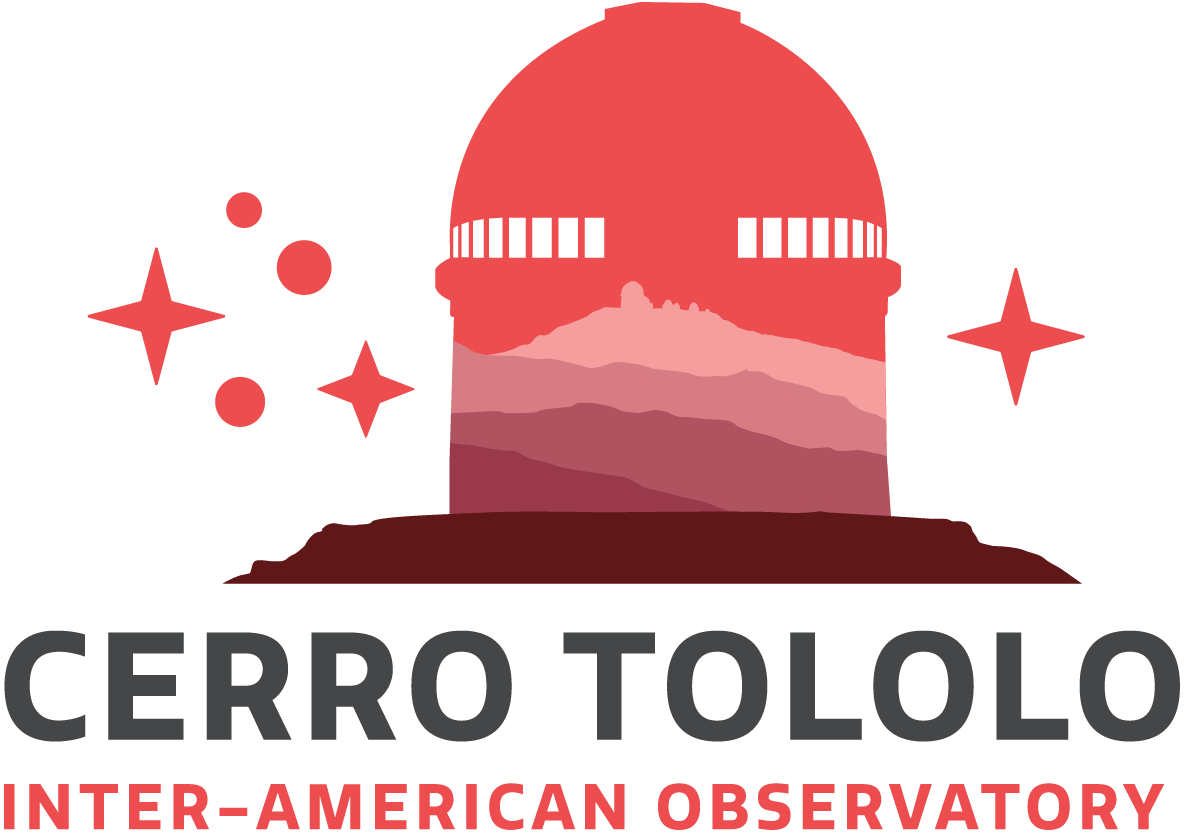SOAR Telescope Demonstrates First Ever Use of Skipper CCD to Collect Astronomical Data
Enabled by a U.S. Department of Energy program, a collaboration of scientists from NSF NOIRLab, Fermilab, UChicago, and other institutions show that new skipper CCD can improve cosmology research
20 June 2024
Using the SOAR Integral Field Spectrograph on the 4.1-meter Southern Astrophysical Research (SOAR) Telescope, which is operated by the U.S. National Science Foundation Cerro Tololo Inter-American Observatory in Chile, researchers have obtained the first astronomical spectrum using a new kind of charge-coupled device (CCD) known as a skipper-CCD.
CCDs were invented in the United States in 1969, and forty years later scientists were awarded the Nobel Prize in Physics for their achievement. They are two-dimensional arrays of light-sensitive pixels that convert incoming photons into electrons. Conventional CCDs were first used in digital cameras and they remain the standard for many scientific imaging applications, such as astronomy, though their precision is limited by electronic noise for some specific applications.
Skipper CCDs were introduced in 1990 to reduce electronic noise to levels that allow the measurement of individual photons. They do this by taking multiple measurements of interesting pixels and skipping the rest. This strategy enables skipper CCDs to increase the precision of measurements in interesting regions of the image while reducing total readout time.
In 2017 scientists pioneered the use of skipper CCDs for dark matter experiments such as SENSEI and OSCURA, but the demonstration with SOAR on 31 March and 9 April was the first time the technology had been used to observe the night sky and collect astronomical data.
The skipper CCDs on SOAR were used to collect astronomical spectra from a galaxy cluster, two distant quasars, a galaxy with bright emission lines, and a star that is potentially associated with a dark-matter-dominated ultra-faint galaxy. In a first for astrophysical CCD observations, they achieved sub-electron readout noise and counted individual photons at optical wavelengths.
These advancements in CCD technology will allow for the detection of fainter, more distant astronomical objects with as little noise as possible. This is particularly valuable for astronomers seeking to understand the mysterious nature of dark matter and dark energy by studying the distributions of stars and galaxies.
The project was a close collaboration between physicists, astronomers and engineers at Fermilab, UChicago, NSF NOIRLab, DOE’s Lawrence Berkeley National Laboratory, and the National Astrophysical Laboratory of Brazil.
More information
NSF NOIRLab (U.S. National Science Foundation National Optical-Infrared Astronomy Research Laboratory), the U.S. center for ground-based optical-infrared astronomy, operates the International Gemini Observatory (a facility of NSF, NRC–Canada, ANID–Chile, MCTIC–Brazil, MINCyT–Argentina, and KASI–Republic of Korea), Kitt Peak National Observatory (KPNO), Cerro Tololo Inter-American Observatory (CTIO), the Community Science and Data Center (CSDC), and Vera C. Rubin Observatory (operated in cooperation with the Department of Energy’s SLAC National Accelerator Laboratory). It is managed by the Association of Universities for Research in Astronomy (AURA) under a cooperative agreement with NSF and is headquartered in Tucson, Arizona. The astronomical community is honored to have the opportunity to conduct astronomical research on I’oligam Du’ag (Kitt Peak) in Arizona, on Maunakea in Hawai‘i, and on Cerro Tololo and Cerro Pachón in Chile. We recognize and acknowledge the very significant cultural role and reverence that these sites have to the Tohono O’odham Nation, to the Native Hawaiian community, and to the local communities in Chile, respectively.
Fermi National Accelerator Laboratory is supported by the Office of Science of the U.S. Department of Energy. The Office of Science is the single largest supporter of basic research in the physical sciences in the United States and is working to address some of the most pressing challenges of our time. For more information, please visit science.energy.gov.
Links
Contacts
Josie Fenske
Jr. Public Information Officer
NSF NOIRLab
Email: josie.fenske@noirlab.edu


